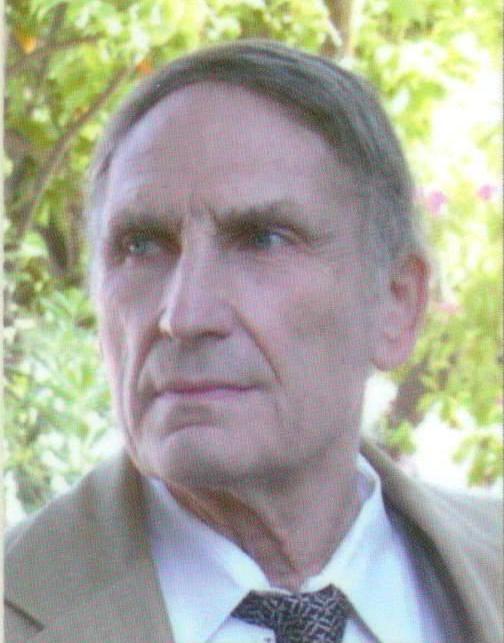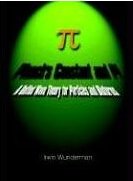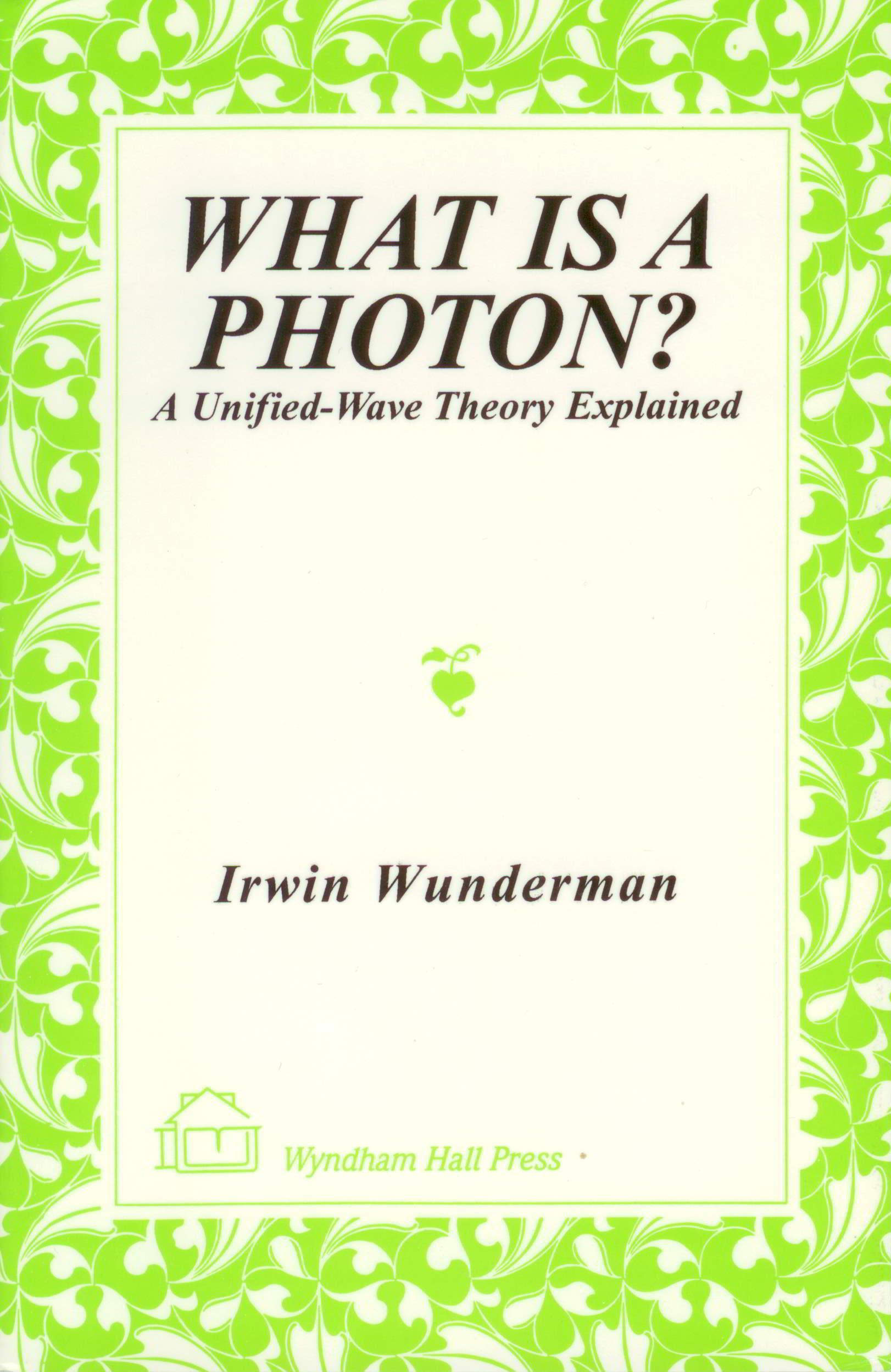Pages: 400
Publisher: 1st Books Library
Year: 2003
ISBN: 1410757919
ISBN: 978-1410757913
Pages: 292
Publisher: Wyndham Hall Press
Year: 2000
ISBN: 1556053126
ISBN: 978-1556053122
Based on a "natural mode" within the ordinal number system, quantized solutions with indeterminism result for conventional integral-differential equations. This extends the domain of such solutions beyond exponential functions. These new solutions have properties well suited to describe photons and other quanta. Plausible explanations emerge for nonlocalization, wave-particle duality, vacuum fluctuations, the uncertainty principle, conservation laws, the Lorentz transformation, and diverse phenomena. The investigation presents a new approach to solving equations under conditions where space has indeterminate warpage and several specific conjectures entail credible guesses. The inquiry elaborates on conventionally accepted premises herein suggested as problematic. Some examples include: Why the limit of a compounding process should not proceed to infinity. Why cycles should not be treated as dimensionless; maintaining dimensional consistency for them is very important. Why ambiguity associates with dimensional units applicable to Planck's constant. Why Cartesian coordinates can introduce fundamental errors. Why a photon's energy should be proportional to frequency and not amplitude squared. Why analysis indicates that time is the fundamental quantized variable, rather than energy.
This work derives a classical basis for particles and waves and a foundation for: The Lorentz Transformation, Quantum Electrodynamics, time's arrow, wave/particle duality, de Broglie waves, non-localization, the energy-momentum conservation laws, curved space, interference anomalies, the uncertainty principle, the characterization of physical laws through mathematics, and a unified-wave description of field disturbances. The approach will undoubtedly be foreign, so the reader should be highly skeptical of such claims. It is therefore suggested that the entirety of this treatise be initially "read as a novel" without attempt to mathematically justify each successive step. The entire picture can then be gleaned with minimal effort and the material may be re-read exercising any desired degree of scrutiny. World class physicists may reject these ideas more emphatically at first than undergraduate physics students. They do not follow mainstream interpretations. Accepting the initial axiom of non-uniform space between ordinal integers may prove most difficult for those who view it as the greatest paradigm shift. The concepts are actually mathematically simple, though abstract because they are unfamiliar.
Pages: 66
Publisher: Science Communications Institute
Year: 1977
ISBN: B0006WL2FY
Pages: 67
Publisher: Stanford University, Stanford Electronics Laboratories, Solid-State Electronics Laboratory
Year: 1964
ISBN: B0007EDLE6




